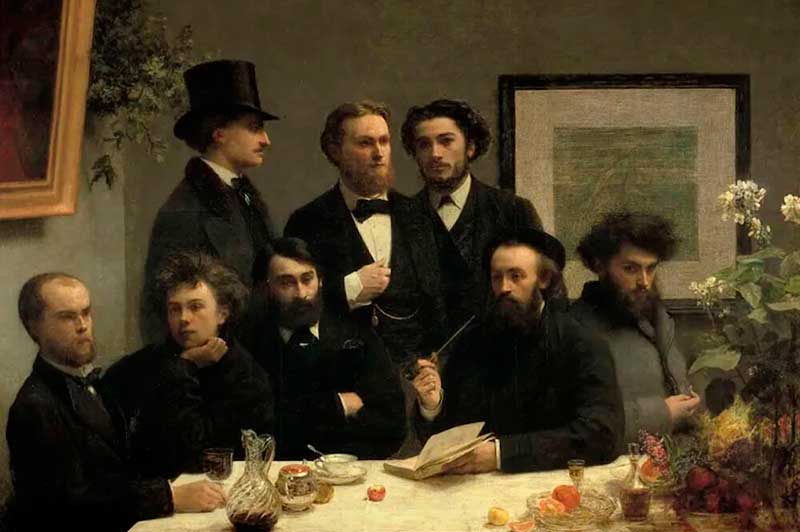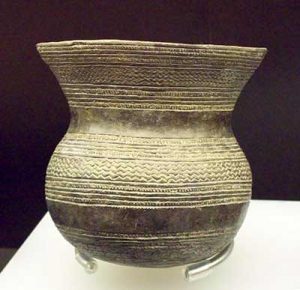The history of cannabis is the story of its relationship with human beings. Thousands of years ago our ancestors began to cultivate the plant, so we could say that the beginning of humanity is linked to its consumption.
This long history begins with our ancestors, who gradually discovered edible plants and those with mystical and therapeutic properties. Some authors claim that the dawn of humanity is related to the beginning of cannabis consumption, which was decisive in our evolution. So much so that our own body has its own endocannabinoid system.
Cannabis is native to Central Asia and began to be cultivated in the Neolithic period (about 7000 to 3000 years B.C.), spreading first to the east (China) and later to the west (Europe).
Thus, the plant arrived in Europe in the Neolithic, adapting to different purposes, from food to religious uses. During the Bronze and Iron Ages, cannabis was used in funerary ceremonies by many tribes and peoples of Central Europe, as well as in the performance of many religious rituals.
Expansion before Christ (B.C.)
The plant continued to spread thanks to the Bell Beaker culture, which extended from the Neolithic stages, associated with the beginning of metallurgy, through the Iron Age. Pollen analyses indicate that there was cannabis in the north of what are now Greece and Italy, as well as in the western Mediterranean. In Totana (Murcia), a Copper Age tomb was found of a woman who was wrapped in a hemp bandage. Thus, we can affirm that cannabis spread thanks to Indo-European tribes from 4000 to 1000 B.C.
Later, with the emergence of hybrid cultures that spread rapidly thanks to the use of the horse and the chariot, cannabis ended up taking root in all parts of the Old World.
Cannabis was well known both in China and in India. It appears in Chinese medical treatises from the first century and is mentioned in the Vedas, the four oldest texts of Indian literature, as Indra’s favorite substance.
Needless to say, cannabis was used by the Egyptian, Assyrian, Scythian, and Carthaginian peoples, and passed into the Roman Empire as a valued element to enliven social gatherings.
The earliest documents and publications

During the Middle Ages, in the 6th century, the Constantinopolitanus—a botany book that includes the oldest known drawing of the cannabis plant—was published, and Aetius of Amida, a Byzantine physician to Emperor Justinian I, wrote a 16-volume medical encyclopedia, the Tetrabibloi, in which he described the properties of cannabis.
From the 7th to the 14th centuries it was used in Islam until hashish began to be labeled as belonging to Sufis and assassins. Something similar occurred in European territory starting in the 5th century, where Christianity began to prohibit any substance seen as belonging to the followers of Satan. Cannabis was used in witches’ ointments and was expressly banned in a papal bull by Innocent VIII in 1484.
Nevertheless, it did not disappear, as it was a very important plant for making fibers for clothing, ship ropes, and book paper.
The leap across the pond
Although hemp entered the Americas in the 16th century to be used mainly for fiber production, enslaved laborers were more interested in its psychoactive properties. The mass arrival of enslaved people to Brazil began in the second half of the 16th century. Angolan slaves brought cannabis to plantations in northeastern Brazil, where the plant adapted perfectly.
Logically, to maintain, as far as possible, control over their slaves, Portuguese colonists allowed them to grow their maconha (an Angolan-origin word for marijuana) among the sugarcane.
Cannabis was used by the enslaved population for religious purposes and festive occasions during their short periods of inactivity. This consumption spread from Brazil to the Caribbean at the end of the 19th century.
From the 19th century onward, cannabis consumption came back into fashion in Europe thanks to the Napoleonic troops who had been in Egypt.
The first laboratory study on cannabis was published in 1803 by Dr. Virey, who unsuccessfully tried to isolate the active principle of the substance.
The first consumers of hashish were writers, poets, and artists who thought hashish could enhance their creativity.



